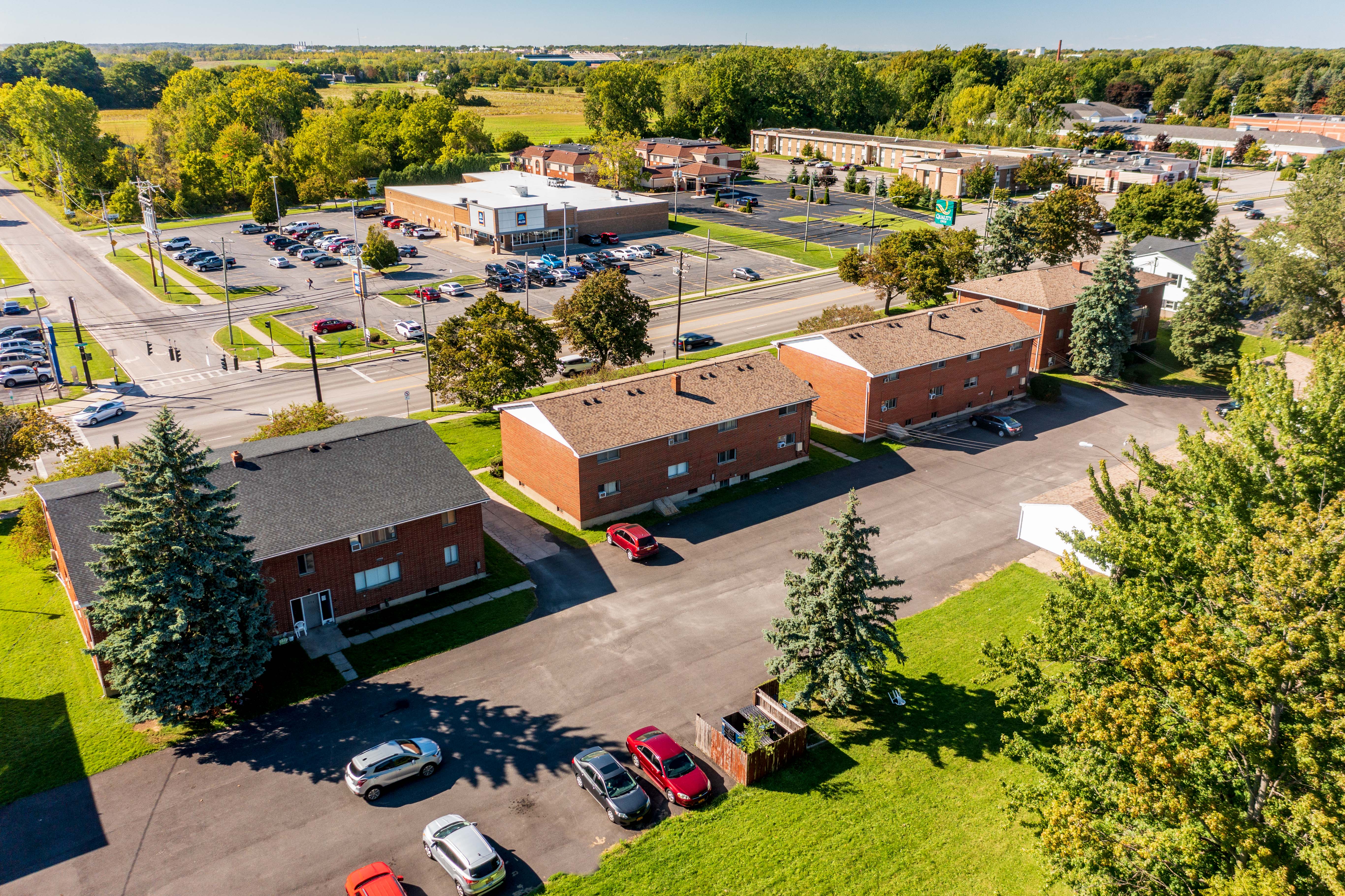4 Reasons to Invest in Heartland Real Estate
If you’ve hung out with us for more than five minutes, you know we love our Heartland real estate. And it’s not just because we enjoy lake vacations and cornhole.
The attainable valuations, steady growth, and lower risk you can find in lots of Midwestern markets double down on what we like about real estate in the first place. We got our start investing in the Heartland, it got us to where we are today, and there’s no sign of stopping.
Why? We’re so glad you asked. Let’s get this listicle rolling.
1. “It’s the economy, stupid”
This one isn’t just a quaint Clinton-era neologism; those are words real estate investors live by. Selling residential real estate isn’t all that different from selling most other things; it might not be quite as simple as “if you build it, they will come,” but offering the right product at the right price is a surefire recipe for success.
But what the right product is, and how much you can sell it for, comes down to the local economy. And Heartland real estate suffers no shortage of demand. Many renters in Heartland cities work stable, virtually recession-proof jobs in economies anchored by tried-and-true healthcare and education mainstays. And since the economic revolution that swept much of the Heartland starting in the 70s and 80s, lots of those markets now play host to industries that offer realistic upside potential — like logistics, science, and tech.
2. Affordable housing
Of course, a large renter population working good-paying jobs in a recession-resistant market only goes so far. As your freshman econ professor probably said more times than you would’ve liked, making money isn’t just about demand; it’s also about supply.
Consider New York and LA. Those markets have no shortage of demand. But they have so much that demand outstrips supply. There’s too many people trying to live in too few places. Sure, new construction can help with that problem. But building stuff in Manhattan isn’t cheap either. So the people who do own buildings there can run the table and make a handsome(ish) profit.
But there’s a couple of problems with that. First, saturated markets just don’t come with lots of upside potential. When you’re already at the top — in Manhattan, for instance, where the average rent payment is an eye-watering $4,200 — there’s often nowhere to go but down. That’s why so many renters fled the Boroughs when #WFH started being a thing.
The second problem is that it’s hard to break into a frothy market. Remember another lesson from Econ 101: when everybody wants to buy something, it’s going to cost more. So when something does come up for sale in New York or LA, the vultures descend, and bidding wars between huge, national players can inflate prices even more.
Heartland markets, though, are already leveraging those realities and making money hand-over-fist. First, they’re way cheaper to live in than their big-city counterparts. Rent is cheaper, both in absolute (total dollar amount) and relative (how big a cut of your paycheck goes to the landlord) terms. Groceries, gas, and healthcare often are too. That’s why alternative markets have absorbed much of the post-pandemic population exodus from overpriced coastal hubs.
3. Resilience
And as we’ve already alluded to, that last point goes to the next: when times are tough, Heartland markets are often spared the brunt of economic turmoil. And that matters: if your investment isn’t built for the long haul, it’s about as useful as a decorative gourd.
Fortunately, Heartland real estate is made to go the distance. First, consider demand in recessionary environments. As the old adage goes, it isn’t the falling that kills you — it’s the pavement. When recession hits, plummeting demand is the pavement. And predictably, when times are tough, people give up luxuries before necessities. So yuppies might flee glittering penthouses like so many lemmings, but workforce housing in affordable markets isn’t going anywhere. Our experience with COVID-19 bore out just that scenario.
Knowing your money won’t disappear overnight is good news for any investor, but it’s especially welcome for investors who use real estate to diversify a retirement portfolio that also includes traditional securities like stocks and bonds. During a typical recession, your stonks will probably take a beating. If your workforce housing is holding stable — or even going up — at the same time, a consistent drawdown rate starts to look a lot more realistic. (Looking at you, FIRE crowd.)
“Well that’s all great,” you might be thinking, “but how does that translate into making money?”
One way is pretty simple: people have to live somewhere. And the same features that make inflated coastal megacities a great place to leave when times are bad make the Midwest a great place to go. And when the population rises, demand rises with it. Renting to new-in-town 20-something professionals who’d like to have a home office that doesn’t double as a kitchen table — all for less than half of what they paid in SoHo — is a pretty good place to be.
That resilience isn’t just based on prices; it’s also based on strong economic fundamentals. No economy is truly bombproof, but when you consider the deep bench of diversified industries some Heartland metros can rely on — both for future growth and downturn resistance — the outlook is downright safe compared to lots of alternatives in real estate.
And Heartland real estate looks even better when you compare it to stocks or crypto. It’s hard to tweet away the value of an apartment building, and even harder when that apartment building isn’t a luxury item but a basic necessity of life.
But the other great thing about the Heartland is that Heartland markets’ economic diversification and attractive housing markets are great vehicles for investors trying to capture economic growth.
4. Big upside potential
As we alluded to earlier, the biggest problem with investing in so-called 24-hour cities is that they’re expensive. It’s hard to get into the market, the renter class is already paying top dollar, and the market is flooded with fancy Class A assets (or, uh, stuff like this).
What does that mean? It’s hard to make money. Investments already sitting close to the ceiling don’t have much headroom for growth, but they have a long way to fall. Metros with less saturation, on the other hand, present more opportunities to earn strong returns.
The Heartland’s absolute affordability tells a different story. For real estate investors, it’s great news because it increases renter demand — especially when young professionals are moving to lower-CoL regions in droves. Yet because Heartland markets are still far cheaper than the alternatives, rent prices have plenty of headroom — which allows investors to capture economic growth.
And because the markets aren’t already inflated to the “where’s the Tylenol” point, it’s possible for investors to make acquisitions at vertigo-free prices and make some money by making renovations, normalizing rents, and improving utilization.
Conclusion
We’ve said it before and we’ll say it again: we like real estate because we think the risk-adjusted returns of workforce housing are a world-beating value proposition. And the Heartland doubles down on everything that makes workforce housing great.
Accessible markets? Check.
Downside protection, with some room for countercyclical growth? Check.
Headroom for capturing economic growth? Check.
All of that has us convinced: the Heartland is the place to be. We’ve been here from the start, and we aren’t leaving anytime soon.

